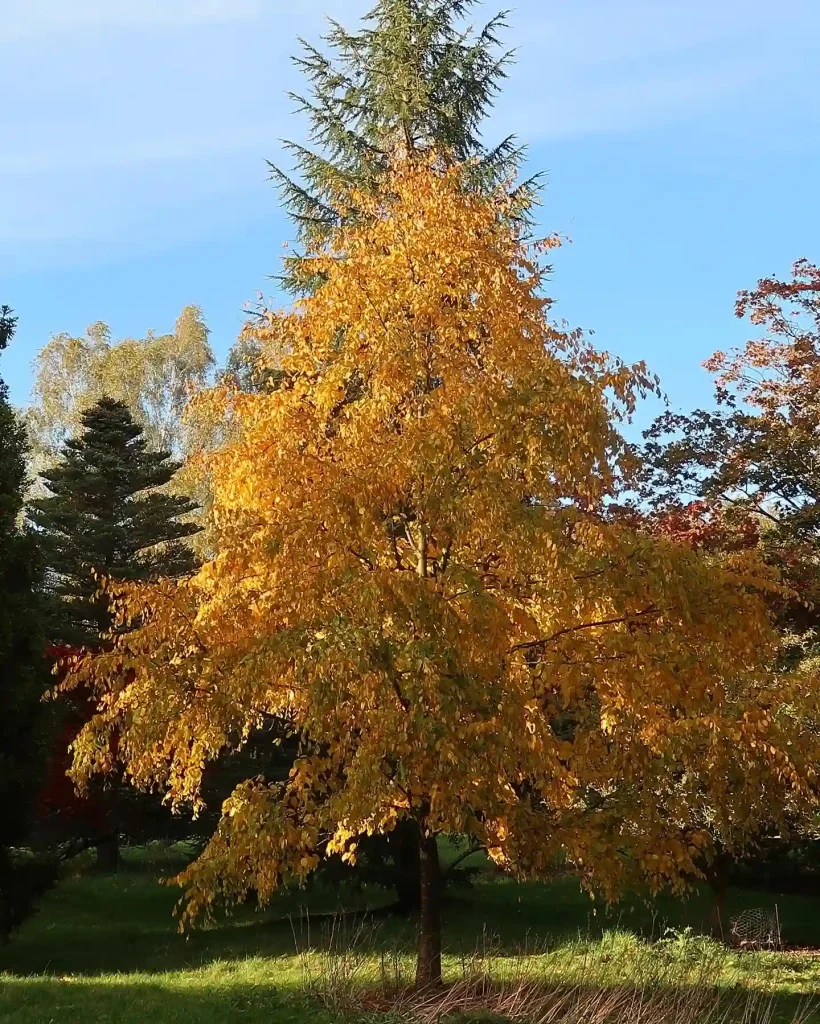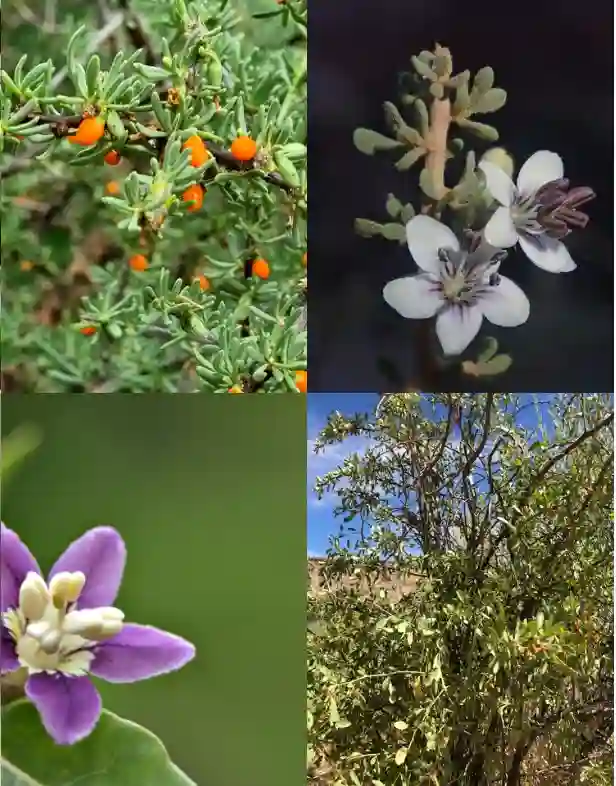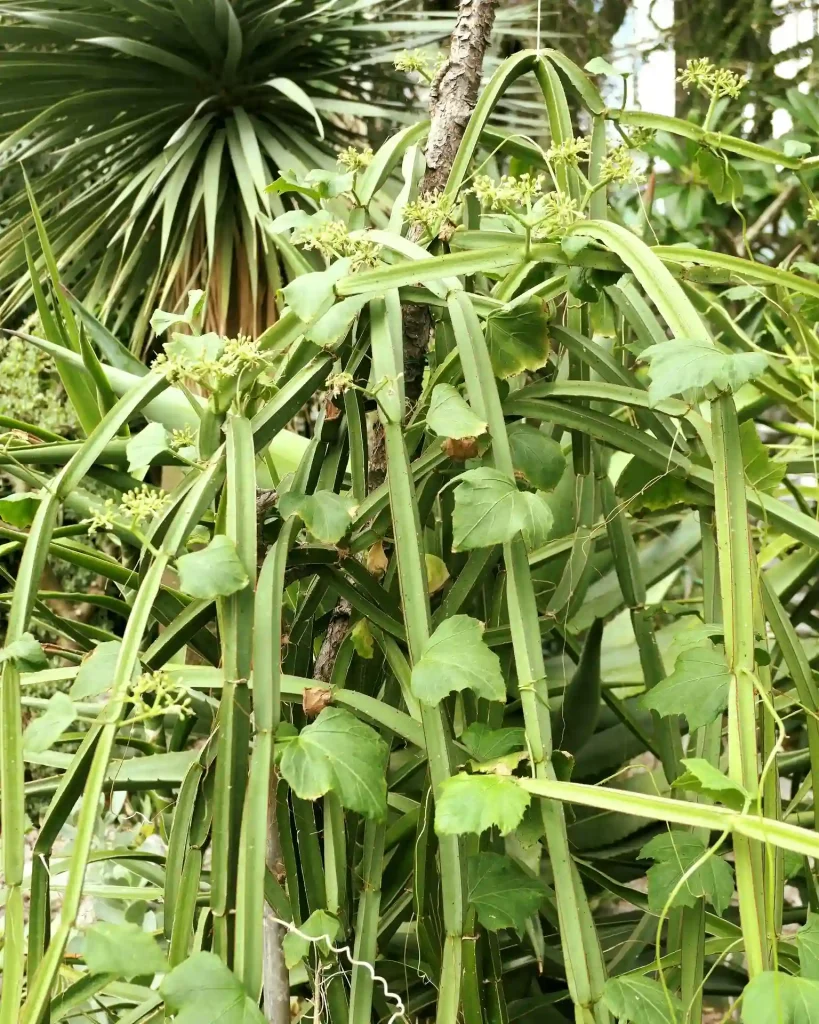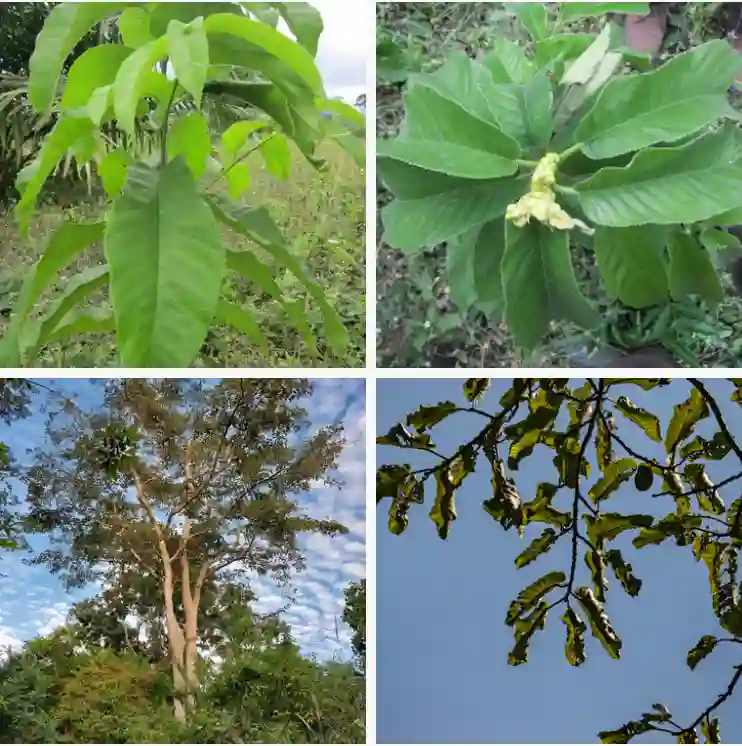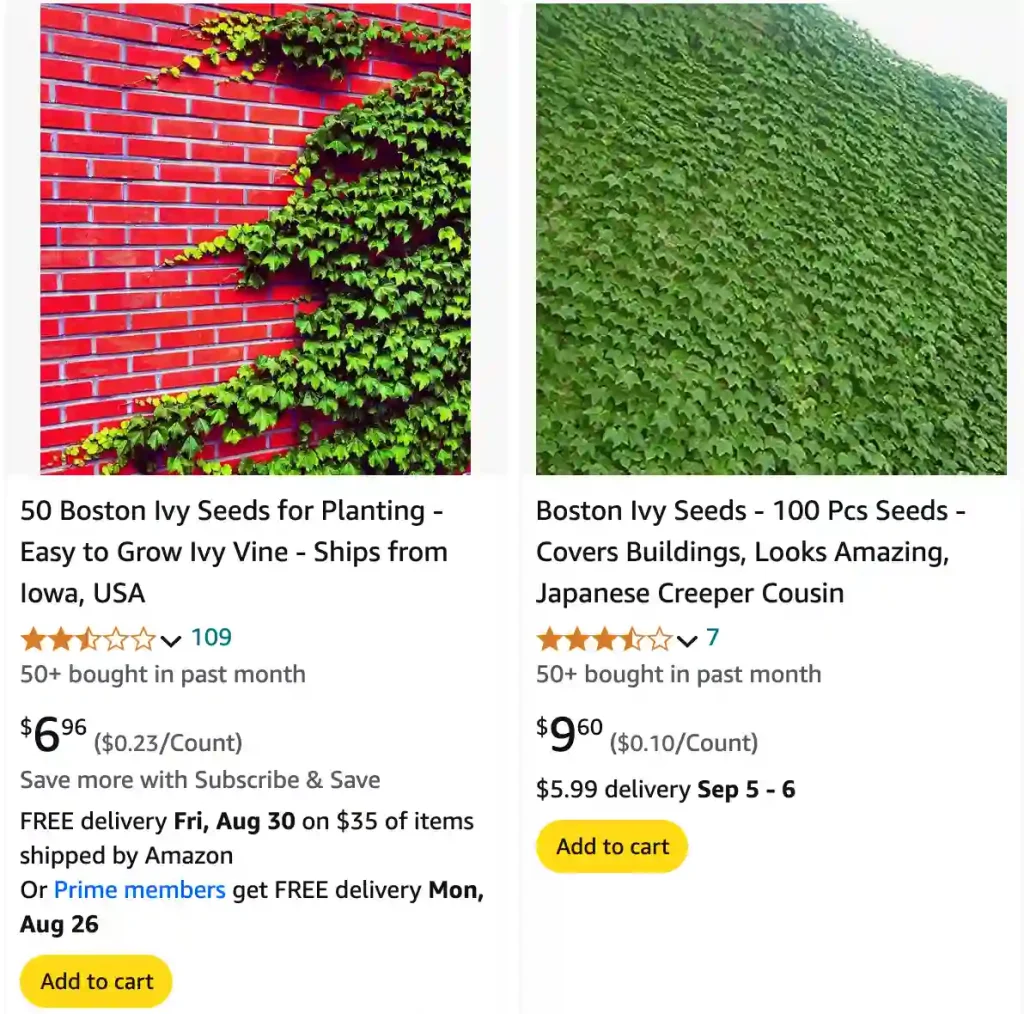
Boston Ivy: Frequently Asked Questions
As a plant enthusiast, I’ve often found myself intrigued by the beautiful Boston Ivy. Its vibrant foliage and ability to cover walls have always fascinated me. Over time, I’ve gathered a lot of information about this plant, and I’d love to share what I know. Here are some frequently asked questions about Boston Ivy, along with answers based on my experiences and research.
13 Species in Genus Parthenocissus
What is Boston Ivy?
Boston Ivy, known scientifically as Parthenocissus Tricuspidata, is a climbing vine native to East Asia. This plant is famous for its ability to cover walls and create a lush, green backdrop that changes to stunning shades of red and purple in the fall. Boston Ivy belongs to the grape family and is often used for ornamental purposes. Its leaves are three-lobed, glossy, and can grow up to eight inches long.
Is Boston Ivy Poisonous?
Yes, Boston Ivy is mildly poisonous. The berries of Boston Ivy contain oxalates, which can cause irritation if ingested. Although they are not deadly, it’s best to keep children and pets away from the berries to prevent any accidental ingestion. If consumed, it may cause stomach upset and skin irritation in sensitive individuals. It’s always a good idea to wear gloves when handling Boston Ivy, especially when pruning or propagating the plant.
Is Boston Ivy Invasive?
Boston Ivy can be invasive, but it largely depends on the region. In some areas, it is known to spread aggressively and can overtake other plants if not kept in check. It climbs rapidly, using adhesive discs at the ends of its tendrils to stick to surfaces. If you’re planning to plant Boston Ivy, it’s important to monitor its growth and keep it pruned to prevent it from spreading uncontrollably.
How Fast Does Boston Ivy Grow?
Boston Ivy is a fast-growing vine. Under optimal conditions, it can grow up to 10 feet in a single growing season. The plant’s growth rate makes it an excellent choice for quickly covering walls or fences. However, this rapid growth means it requires regular maintenance to keep it under control. Pruning and training the vine are essential to ensure it grows where you want it to.
How to Propagate Boston Ivy?
Propagating Boston Ivy is relatively straightforward. The most common method is through stem cuttings. Here’s how I do it:
- Select a healthy stem: Choose a stem that is at least six inches long and has a few leaves.
- Cut the stem: Make a clean cut just below a node.
- Remove lower leaves: Take off the leaves from the bottom half of the cutting.
- Plant the cutting: Place the cutting in a pot with well-draining soil and water it thoroughly.
- Keep it moist: Ensure the soil stays consistently moist but not waterlogged.
Within a few weeks, roots should start to develop, and you can then transplant the cutting to its desired location.
Is Boston Ivy Evergreen?
Boston Ivy is not evergreen. It is a deciduous vine, meaning it loses its leaves in the fall. However, before shedding its leaves, Boston Ivy puts on a spectacular show with its foliage turning bright red, purple, and even orange. This seasonal change is part of its appeal, as it provides a different look throughout the year.
Where to Buy Boston Ivy?
Boston Ivy can be purchased at most garden centers or nurseries. If you prefer to shop online, many reputable plant retailers offer Boston Ivy. When buying, make sure to choose healthy plants with vibrant green leaves and no signs of disease or pests. It’s also possible to propagate Boston Ivy from a friend’s plant if you prefer a more economical option.
How to Plant Boston Ivy?
Planting Boston Ivy is simple. Here’s a step-by-step guide:
- Choose the right spot: Boston Ivy prefers full sun to partial shade. It can grow in various soil types, but well-drained soil is ideal.
- Prepare the soil: Loosen the soil and mix in some compost to improve drainage and fertility.
- Dig a hole: Make a hole that is twice the size of the root ball.
- Plant the ivy: Place the plant in the hole and fill it with soil, pressing down gently.
- Water thoroughly: Give the plant a good soak to help it settle in.
Does Boston Ivy Damage Walls?
Boston Ivy can cause damage to walls, especially if they are made of wood or have loose mortar. The plant’s adhesive discs can cling tightly to surfaces, and as the plant grows, it may pull away paint, wood, or masonry. It’s essential to keep an eye on the vine’s growth and ensure it doesn’t get too thick. Regular pruning can help manage the plant and reduce the risk of damage.
Boston Ivy vs. English Ivy
Boston Ivy and English Ivy are often confused due to their similar growth habits. However, they have distinct differences:
- Leaves: Boston Ivy has three-lobed leaves, while English Ivy has five-lobed, more leathery leaves.
- Growth: English Ivy is evergreen, retaining its leaves year-round, while Boston Ivy is deciduous.
- Climbing: Boston Ivy uses adhesive discs to climb, whereas English Ivy has small roots that cling to surfaces.
Boston Ivy vs. Poison Ivy
Despite the similar name, Boston Ivy and Poison Ivy are very different:
- Appearance: Poison Ivy has clusters of three smooth or notched leaves, often with a reddish tint. Boston Ivy has larger, lobed leaves.
- Toxicity: Poison Ivy can cause severe skin irritation and allergic reactions, while Boston Ivy is only mildly toxic if ingested.
Boston Ivy vs. Virginia Creeper
Both Boston Ivy and Virginia Creeper are members of the grape family, but they have some differences:
- Leaves: Virginia Creeper has five leaflets per leaf, while Boston Ivy has three-lobed leaves.
- Growth: Both are fast-growing, but Virginia Creeper tends to grow more vigorously and can cover larger areas faster.
Boston Ivy vs. Creeping Fig
Boston Ivy and Creeping Fig are different types of vines with distinct characteristics:
- Leaves: Creeping Fig has small, heart-shaped leaves that are much smaller than the large, lobed leaves of Boston Ivy.
- Growth: Creeping Fig clings to walls and surfaces with small roots and tends to stay more contained, while Boston Ivy spreads more widely.
Boston Ivy is a versatile and attractive vine that can add beauty to any landscape. However, it’s essential to manage its growth and understand its characteristics to make the most of its potential. Whether you’re looking to cover a wall or add some fall color to your garden, Boston Ivy is a fantastic choice that can offer many benefits with the right care.
If i die, water my plants!
